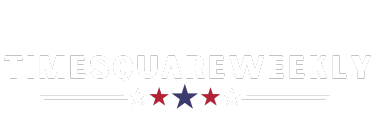The labor market has shown remarkable strength in the past year, but signs of potential vulnerability have started to emerge. With fewer job vacancies and more people reliant on unemployment benefits, Federal Reserve officials are on high alert for any cracks in the economy.
In a shift from their previous stance of cooling down a hot job market, policymakers are now open to cutting interest rates if the labor market unexpectedly weakens. The current interest rate of 5.3 percent, maintained since July 2023, aims to control inflation but may also be putting a strain on overall demand in the economy.
The Federal Reserve is walking a fine line between taming inflation and supporting employment. Recent statements from Fed officials suggest that any unforeseen decline in the labor market could prompt a reduction in borrowing costs.
Federal Reserve Chair Jerome H. Powell has emphasized the importance of monitoring both inflation data and labor market strength before making any decisions on interest rates. As crucial indicators for the economy, employment reports will play a significant role in shaping the Fed’s future actions.
For years, the Fed focused on the tight labor market as a potential driver of inflation. However, recent trends of decreasing job openings and wage growth suggest a cooling job market, prompting the Fed to adjust its approach.
With the unemployment rate inching up, officials are wary of a more significant increase that could signal a looming recession. The “Sahm Rule,” developed by economist Claudia Sahm, identifies a sharp rise in unemployment as a precursor to economic downturns.








